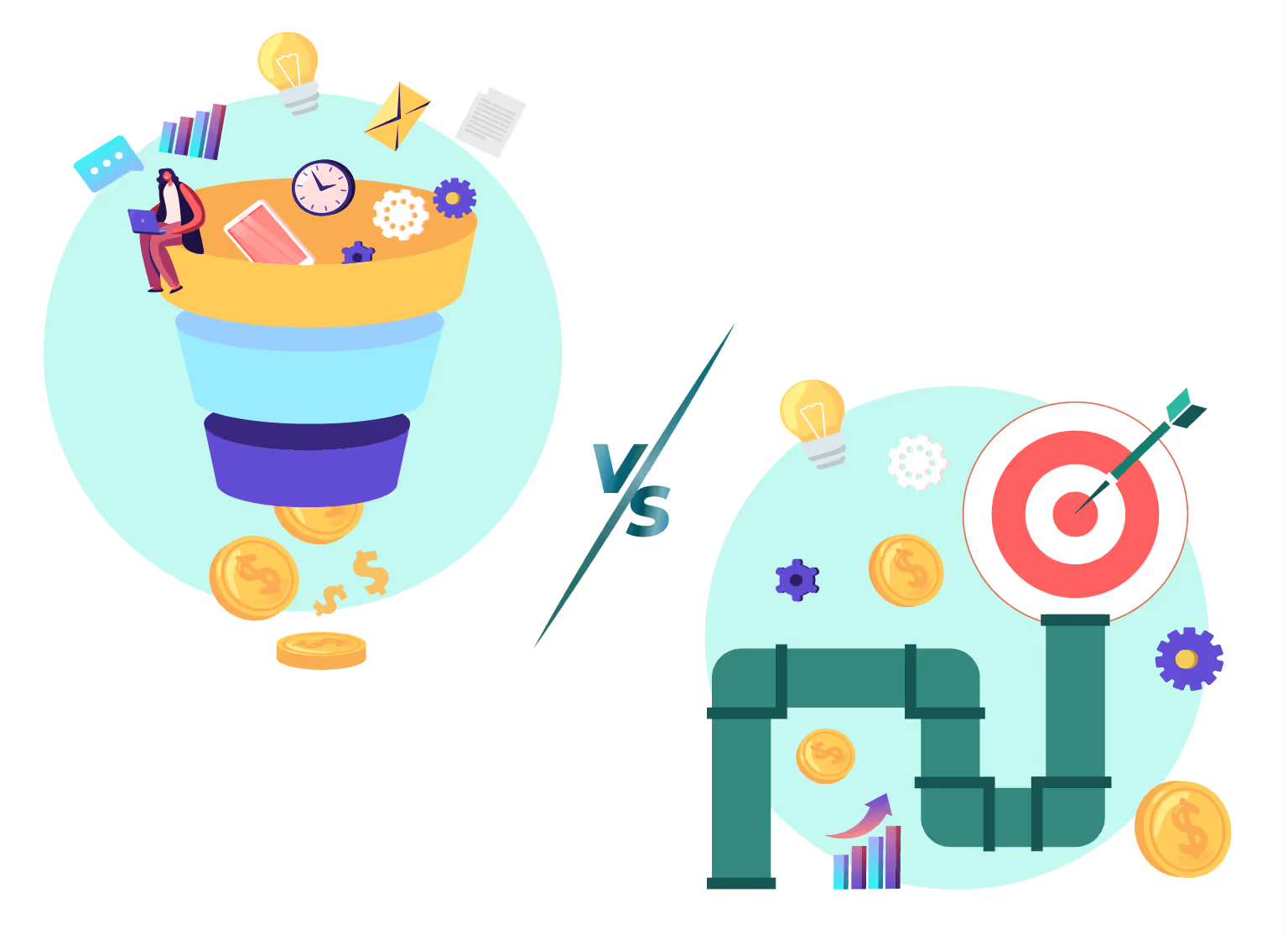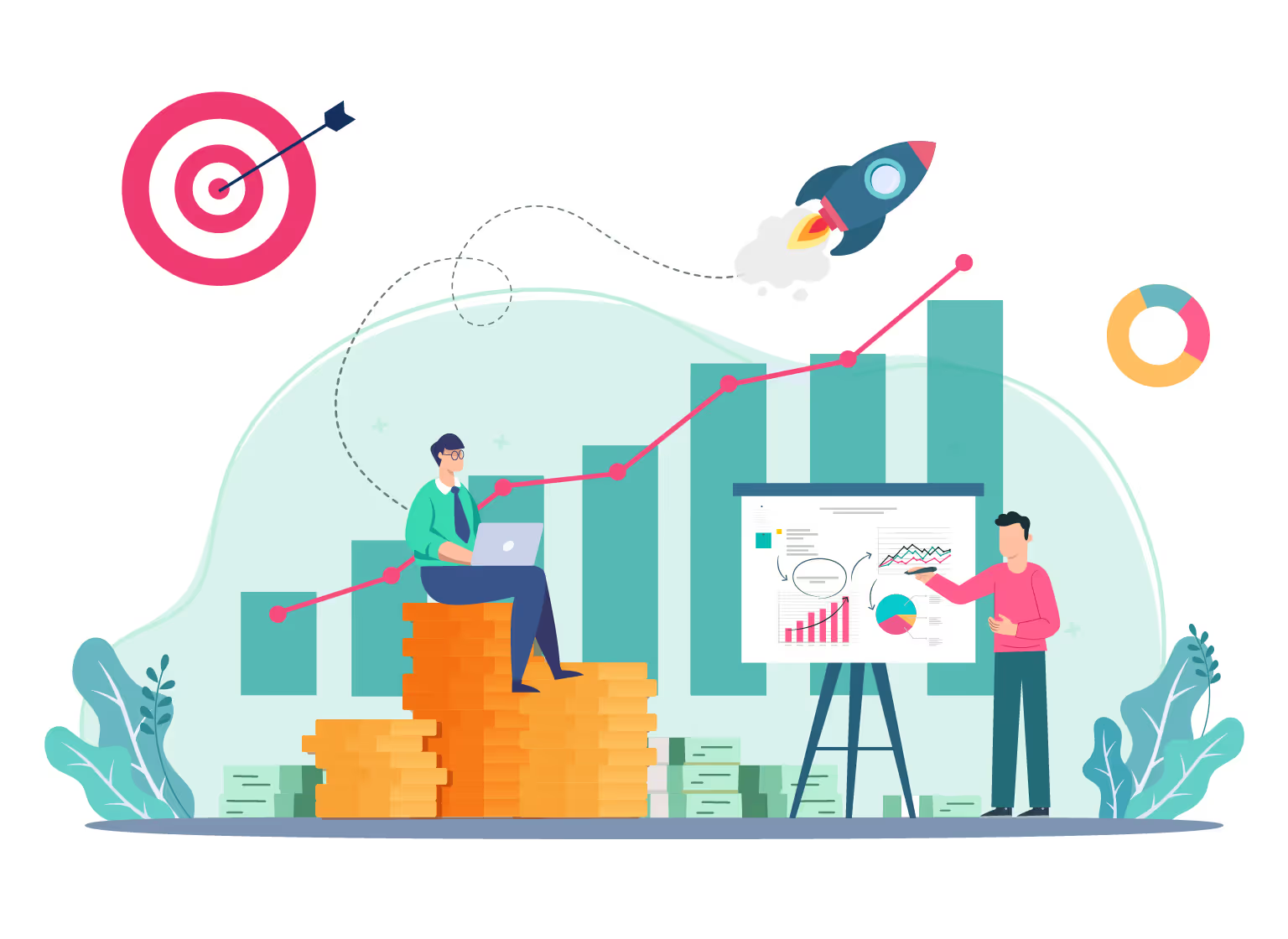
Blog
4 ways to keeping up during and after COVID-19 For B2B companies
July 21, 2022


Key Insights
The global pandemic of Coronavirus has changed the way companies used to operate. Companies are trying to mitigate COVID-19’s economic fallout and human toll by ensuring workplace safety, increasing liquidity, and keeping supply chains moving. While the immediate response to COVID-19 seems all-consuming, we still need to think of this pandemic in phases. There are three components to manage business continuity – what we must do “now,” what we must do “next,” and what we must do “beyond” COVID-19 to be in a position to add value for the long term.
Now you not only have to come up with ideas to deal with your competition, but you also have to work towards changing the mindset of your customers to buy your products (or services). As per recent studies, consumer behaviour has changed drastically for a set of consumers, and they have become more conservative now. At the same time, there are a set of people who are not too impacted by the pandemic and continue to live normal lives. Your job as a leader is to study the numbers and come up with a strategy to target the right set of people in the right way. Below are some statistics to help you plan your future strategies and who should you target.
The EY Future Consumer Index finds the following four segments emerging:
- 35% of people are in what we call “save and stockpile,” worried about their families and pessimistic about COVID-19’s long-term effects
- 27% have “cut deep,” reducing spending across all categories
- 26% are “stay calm, carry on,” with essentially unchanged spending habits
- 11% are “hibernate and spend,” best positioned to cope, optimistic about the future, and spending more

What Can Business Owners Handle the Current Situation during COVID-19?
The first role the leaders have today is to ensure the business continuity remains. However, the situation is not that simple. So many offices and factories are closed or operating at reduced capacity, employees working from home, resources are available at a premium, and face-to-face business meetings have become impossible. Yet, the leaders have to ensure the profitability continues in these tough times, and when the time improves, they should keep a plan ready to turn the tide. Below are few things leaders have to do to handle current tough times:
- Support Employees - The primary asset for any leader is their employees. The first thing you should do as a leader is to ensure the safety of your employees. Secondly, there may be challenges for the sales team because of a new way of working. Leaders should be committed to coming up with a solution so the team can focus on their work and not be concerned about the process change or the hurdles in their way. Incorporating methodologies such as sales MEDDIC can further enhance the effectiveness of the sales process.
The return phase will present an opportunity for companies to rethink the employee experience in ways that respect individual differences—home lives, skills and capabilities, mindsets, personal characteristics, and other factors—while also adapting to rapidly changing circumstances. Organizations can build on the trust that they have earned during the pandemic.
- Understand the demand and supply - You should know your business continuity plan and understand both the demand and supply. You have to look for signals and study them to figure out the way forward. You should gather data from the areas where you plan to invest more of your time, effort, and money. Based on data analysis, you have to decide the demand and supply. You will have to check the consumer perception, change in spending habits, and attitude towards sales representatives and act accordingly.

The first step would be to come up with an action plan. Next, you will have to let your team know about the plan and finally execute the plan.
- Assess liquidity situation and working capital required - To run the team and support them, you need to know your liquidity state. If you are short of liquidity, leaders have to think of ways to introduce cash flow in the company. You will also have to control the working capital. You should review your overall operating costs and curtain non-essential activities for the time being.
- Bring Digital Transformation in Workplace- Digital transformation was the immediate course of action that most workplaces adopted and is gradually adopting in most procedures. Businesses have started focusing on the utilization of digital marketing automation, chatbots, social media marketing, and email marketing. A new McKinsey Global Survey of executives indicates that their companies have significantly accelerated the digitization of their customers' and supply-chain interactions, as well as internal operations by three to four years. Its portfolio share of digitally or digitally enabled products has increased shockingly by seven years.
How Can Organizations Plan for the Future?
At present, you are focusing on the current need of your organization. Thinking just about the present, may not be sufficient; you have to think about the future and be ready to face whatever situation comes. What can really help here is building an 18-month plan with a goal and having a 3-year benchmark.
ReKennect : Stay ahead of the curve!
Subscribe to our bi-weekly newsletter packed with latest trends and insights on incentives.
Thank you! Your submission has been received!
Oops! Something went wrong while submitting the form.
Your data is in safe hands. Check out our Privacy policy for more info















